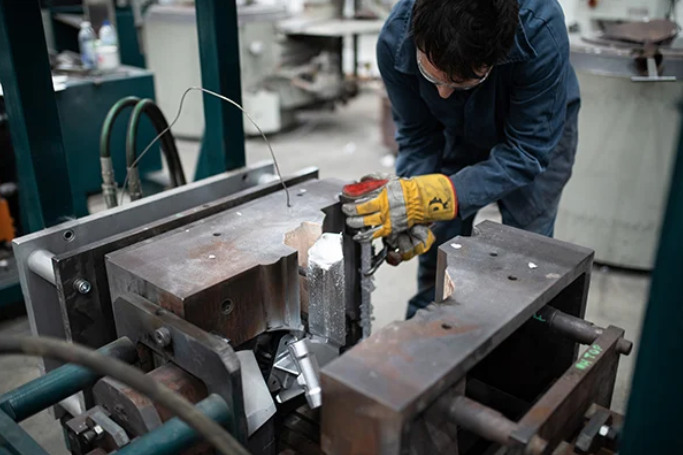The Injection Molding Process: A Comprehensive Guide to Manufacturing
The injection molding process is a manufacturing method used to produce a wide range of products. It involves using a machine to melt plastic pellets, then injecting the molten plastic into a mold to create a specific shape or design. This process is widely used in the production of consumer goods, automotive parts, medical equipment, and much more.
The injection molding process typically includes several steps. First, the plastic pellets are fed into the machine\’s hopper, where they are heated until they become molten. Then, the molten plastic is injected into a mold, which is typically made of metal and has a cavity shaped like the desired product. The plastic then cools and solidifies in the mold, taking on the shape of the cavity. Finally, the mold is opened and the finished product is ejected.

One of the key advantages of injection molding is its ability to produce large quantities of products quickly and efficiently. This is because the process can be automated and the molds can be designed to produce multiple parts at once. Additionally, injection molding allows for a high degree of precision and consistency, which is important for creating products that meet certain specifications or tolerances.

There are several factors that can affect the quality and efficiency of the injection molding process. These include the temperature and pressure of the molten plastic, the design and construction of the mold, and the type of plastic being used. Additionally, factors such as the size and shape of the product, the thickness of the walls, and the presence of any undercuts or other features can also impact the molding process.
Overall, the injection molding process is a versatile and effective manufacturing method that is widely used in a variety of industries. Whether you are producing consumer goods, automotive parts, or medical equipment, injection molding can help you create high-quality products quickly and efficiently. By understanding the key factors that can impact the molding process, you can ensure that your products are of the highest quality and meet the needs of your customers.
Előző:China Mold Design guide: Creating Precise and Efficient Manufacturing Solutions
Következő: Precision Manufacturing of Electronic Molding Parts
-
Exploring the Advantages of Injection Mold Plastic in Manufacturing Processes
2023-6-12
Injection molding is a popular method of manufacturing plastic items of different shapes and sizes. The process involves...
Részletek megtekintése -
Creating a Plastic Fruit Crate Mold: A Guide to English Vocabulary and Techniques
2023-6-30
Introduction: In this article, we will explore the process of creating a plastic fruit crate mold. We will discuss impor...
Részletek megtekintése -
Creating Molding Parts for Home Appliances
2023-4-23
Molding is an important process in manufacturing home appliances. This process involves creating a mold or pattern that ...
Részletek megtekintése -
hogyan készítsünk műanyag fröccsöntő szerszámot
2023-4-23
Introduction Plastic injection molding is a popular manufacturing process that involves the creation of a plastic mold a...
Részletek megtekintése -
Creating a Plastic Fish Crate Mold for Efficient Aquaculture Operations
2023-7-21
Aquaculture operations have become increasingly popular in recent years due to the growing demand for fish and seafood p...
Részletek megtekintése -
Creating High-Quality Plastic Injection Crate Molds for Efficient Storage Solutions
2024-1-3
Plastic injection crate molds are essential in the production of durable and efficient storage solutions. They play a cr...
Részletek megtekintése







